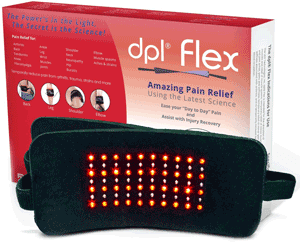It’s not what it looks like, trust me! The “No ‘Poo” craze refers to shampoo, nothing more. (We had the same reaction you did, don’t worry.) As with anything in the world of health, science, and society, there are cycles of product and craze popularity: one minute we’re told that something is good for us, that we should be doing more of this exercise and eating less of this food, and then the next, we’re told to forget everything we’ve just learned because a new study/testimonial/trend has emerged. We’ve all done it at least once!
The No Poo method is gaining popularity thanks to the publication of what really goes into commercial shampoos. Harmful chemicals such as Parabens and Sodium Lauryl Sulfate are toxic and can strip your scalp of the natural oils that are produced, all the while irritating your skin and causing that annoying flaking you’ve tried so hard to avoid. As with your face, when your scalp senses that there is no oil (sebum) in the follicles, it goes into production mode, thus generating more oil and lubricating your hair. So even though you have just washed and shampooed, all you’ve done is prompt the cycle to start again, and your hair will be greasy within a day or so. Not exactly what you had hoped for, is it?
Proponent of the No Poo method are now recommending us to drop our favorite shampoos in favor of a more natural concoction, the most popular being baking soda and apple cider vinegar. These are gentler components that you can find right in your pantry, and when used properly, can cleanse the scalp of built up oils and other elements. Others prefer to use just water. But here’s the catch: you have to follow this regimen for at least 2 weeks before you start to see results. Your scalp will be on the oily side while you “teach” the follicles and glands to not produce so much sebum. While they are learning, they will still be producing oil.
And this Affects my Acne How?
Here’s the catch: most people who have gone No Poo have experienced an increase in breakouts, especially during the minimum 2-week period in which their sebaceous glands are learning not to produce so much oil and lubricant. The oil seeps into your hair, and the longer your hair, the more likely you are to be spreading that oil to other parts of your face. If you have bangs, for instance, your forehead will be in constant contact with your oily hair.
Those who swear by this method but also want to keep their skin clear have made two important suggestions: One, keep your hair away from your face as much as possible. This will ensure that while your scalp is re-learning proper oil production, your face will not take the brunt of that oil. Second, change and wash your pillow case frequently. The oil from your hair when you sleep at night will inevitably make contact on your face, so you want to eliminate that transfer as much as possible.
There are some who state that their acne cleared up after that few-week period, but clearly everyone’s skin is different. Be warned that if you do go No Poo, you might be inviting oils onto your face. It’s your call as to how you’d like to pursue this regimen.



I went no poo to deal with constantly dry hair (before knowing of the movement). My occasional acne flare ups abruptly ended, and I haven’t had more than a spot or two for nearly half a year. I have short hair though, so switching just meant that my face was no longer dried instead of being subject to extra oil.